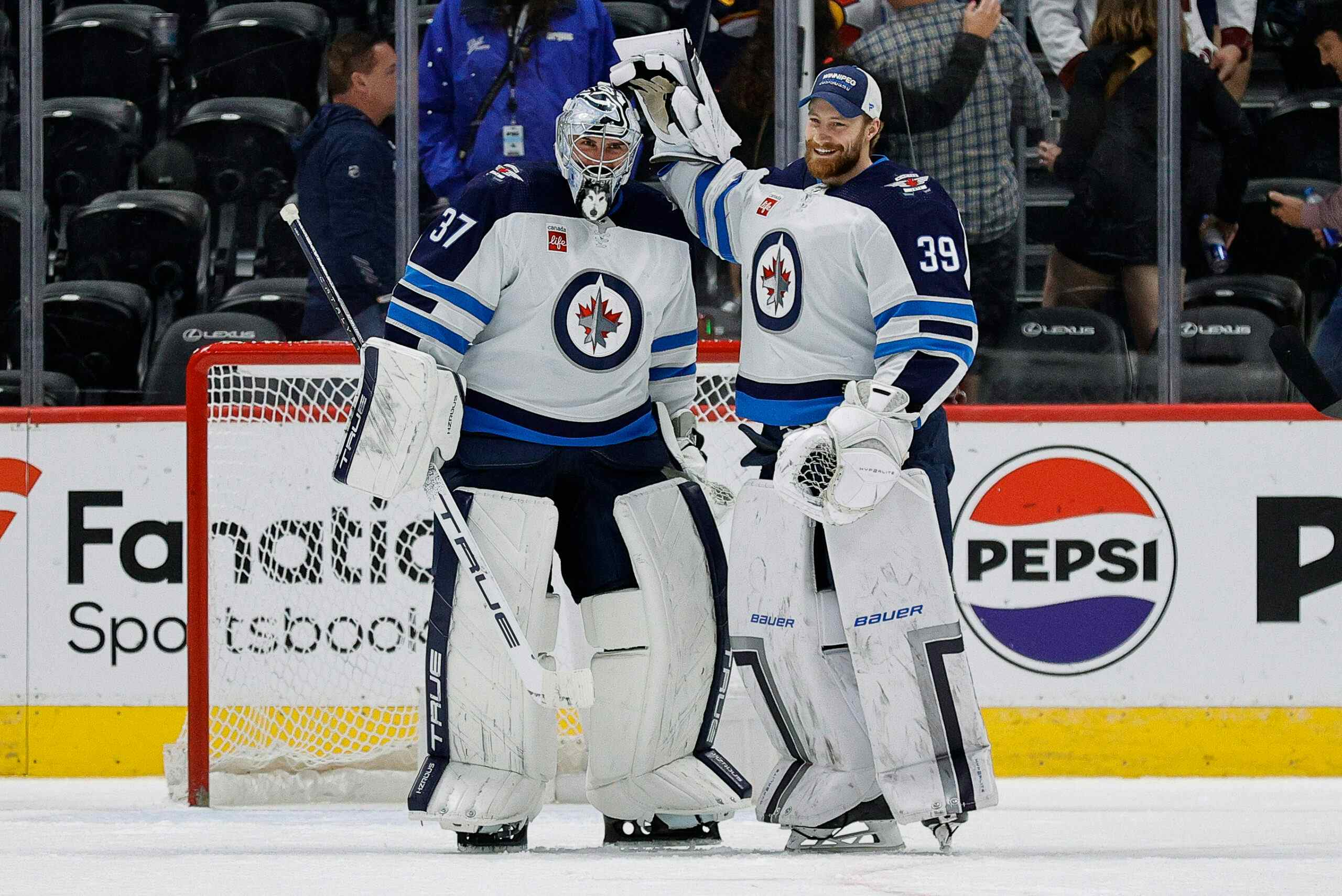Nation Network 2017 Prospect Profile: #52 – Kyle Olson

By Jeremy Davis
6 years agoOne player’s disappointment can often be another player’s opportunity, and that was the case with Kyle Olson of the Tri-City Americans this year. Olson was the beneficiary of the season-ending injury suffered by teammate Michael Rasmussen. Not only was Olson given more ice time as a result, but he was given the opportunity to play in the middle, and by accounts, he’s a better played for it – and a higher ranked one as well.
An undersized but productive, grinding two-way forward, Olson is ranked at number 52 on our list.
Bio:
- Age: 18 – March 22nd, 1999
- Birthplace: Calgary, AB, CAN
- Frame: 5’10” / 150 lbs
- Position: Centre/Right Wing
- Handedness: Right
- Draft Year Team: Tri-City Americans
- Accomplishments/Awards: Canada Winter Games Silver Medal (15/16); AMBHL Most Valuable Player, Alberta Cup All-Star Team (14/15)
Stats
Career

2016-17
Cohort Based (pGPS)

Based on his statistical profile, pGPS has assigned Olson an Expected Success of 14.8%, and an Expected Points per 82 games of 36.9, arriving at an Expected Value in the single digits. Not overwhelming positive, but as I’ve pointed out before, I like to think of pGPS percentages as betting odds – it diminishes risk to a certain extent, but if you feel you have some better contextual information, then it might behoove you to go against the general odds. In my opinion, Olson might be one of those case, given his SEAL adjusted scoring numbers, which we’ll get to later on.
As for his current cohort, Kyle Calder, Kris Versteeg, and Brad Lauer are some of his comparables with high degrees of similarity.



Scouts

“When life gives you lemons-you make lemonade,” is a phrase that dates back some 100 years. For the Tri-City Americans, the lemons are the injury to star centre Michael Rasmussen that puts him out for the next three months and the lemonade is centre/right wing Kyle Olson. The 1999-born native of Calgary, Alberta has moved from playing wing with Morgan Geekie, to playing centre and he has blossomed into a better player because of it. Olson has 24 of his 54 points since January 6th and nine since Rasmussen went down with his injury before the game on February 4th. His play at both ends has been a key reason Tri-City coach Mike Williamson has to feel like he can trust him in the middle. Getting the opportunity to play a role where he is more defensively responsible has allowed him to work on just that. As for what Olson feels he needs to improve upon in his own game, adding some much-needed strength to his five-foot-ten-inch, 150-pound frame is at the top of the list.
A gritty two-way forward who stepped into the void for Tri-City following Michael Rasmussen’s injury, Olson parlayed a strong second half into a spot on Team Canada’s U18 worlds squad. He recorded 47 points during 5v5, including 23 primary assists in 70 games. Olson can play center or wing and battles hard for the puck. His playmaking ability and vision keep opponents honest, and the fact that he uses both immediately after contact makes him a real value pick in the middle rounds.
From Corey Pronman of ESPN (Excerpt only – full article behind pay wall):
Olson is small but has a good skill level, and competes at both ends of the rink. He has the puck skills to make quick-twitch plays and create off the rush. He shows an above-average shot as well, and isn’t afraid to get goals by going to the greasy areas. I don’t love his skating for a smaller player. It helps that he hustles every shift, allowing him to be a competent penalty killer.
Our Take
Like Austen Keating, Kyle Olson is another number that shot up the list of draft eligible prospects when I was working on updating the SEAL adjusted scoring metric. It’s a little bit ironic that the same reasons that made us so wary of Michael Rasmussen have brought Olson to our attention – not only were the two players teammates with the WHL’s Tri-City Americans, but Olson was basically Rasmussen’s replacement as one of the Americans’ top centres after Rasmussen went down with an injury in early February.
The increased ice time allowed Olson to thrive, and the opportunity to showcase his abilities as a pivot will certainly help his draft stock, but even before then Olson was showing signs of something bubbling under the surface. Consider that, in 72 games this season, Olson had 42 primary points at 5-on-5 (0.58 per game) compared to Rasmussen’s 15 5-on-5 primary points in 50 games (0.30 per game). So much of Rasmussen’s production came from the power play, whereas Olson didn’t get much of an opportunity to play significant power play minutes until Rasmussen was no longer available. The ability to pot a large total of points at even strength bodes well for Olson’s future as an offensive player and point producer.
Failed to load video.
The benefits that Olson provided to Tri-City went well beyond point production – they were simply a more successful team with him on the ice than off of ice. With Olson on the ice, the Americans accounted for 60.7% of the goals that were scored, which is an obnoxiously high number. But it only becomes more impressive considering that Tri-City posted a 49.1% Goals-For percentage as a team – imagine how much worse they could have been without the positive ratio that Olson affected. Doing the math, the Americans were 17.2% better with him in the ice than off of it. Only two draft eligible forwards had better Relative GF%’s in the WHL this year: Nolan Patrick and Kailer Yamamoto. Note also Rasmussen’s position on the following charts of Tri-City American forwards.

What Olson lacks compared to Rasmussen is that desirable NHL size. Olson is just 5-foot-10 and needs to add quite a bit of weight. He’s not particularly speedy either, which normally helps combat some of the size issues. What he does have is some pretty exceptional vision and a strong battle level and willingness to grind on opponents. What he lacks in speed and size, he tries to make up for with his mind and effort level, and, at the WHL level at least, it’s been working. To succeed as a professional though, he’ll need to demonstrate improvements in those deficient areas.
Olson’s strong second half afforded him an opportunity to represent Canada at the Under-18 tournament in Slovakia last month. Olson had a few nice moments but he couldn’t do much on his own to improve Canada’s relatively lackluster performance. He did manage two goals and an assist in five games, which on Canada was enough to tie him for fourth in team scoring.
Recent articles from Jeremy Davis





